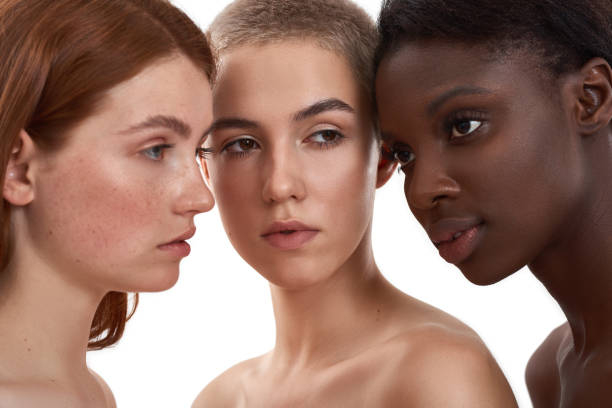Why do people have different skin colors?

Melanin is classified into two types: pheomelanin and eumelanin. In general, the more eumelanin there is in your skin, the darker it will be. People with higher levels of pheomelanin have lighter skin with freckles. The kind of pigment in your skin, like other features, is governed by DNA. Each of these genes works together to produce the end outcome - your skin color.
Melanin is produced by melanocytes, which are unique cells. These cells are present in your skin's epidermis. People can develop distinct skin colors in three ways. One approach is that the less melanin, the lighter the skin. Another method is for people to have fewer melanocytes. The third method is a little more involved and has to do with the type of pigment produced. Melanin may be divided into two categories. Pheomelanin is red or yellow pigmentation, whereas eumelanin is brown or black pigmentation.
Melanin is classified into two types: phaeomelanin (red to yellow) and eumelanin (green to yellow) (dark brown to black). Four to six genes determine both the quantity and the kind. A individual inherits one copy of each of those genes from his father and one copy from his mother. Each gene has numerous coding sequences, resulting in a wide range of skin hues. Sunlight also has an effect on skin tone.










